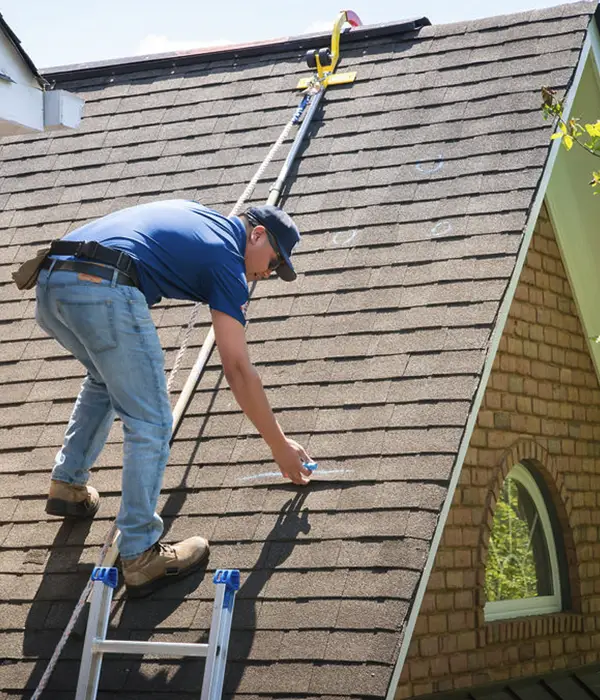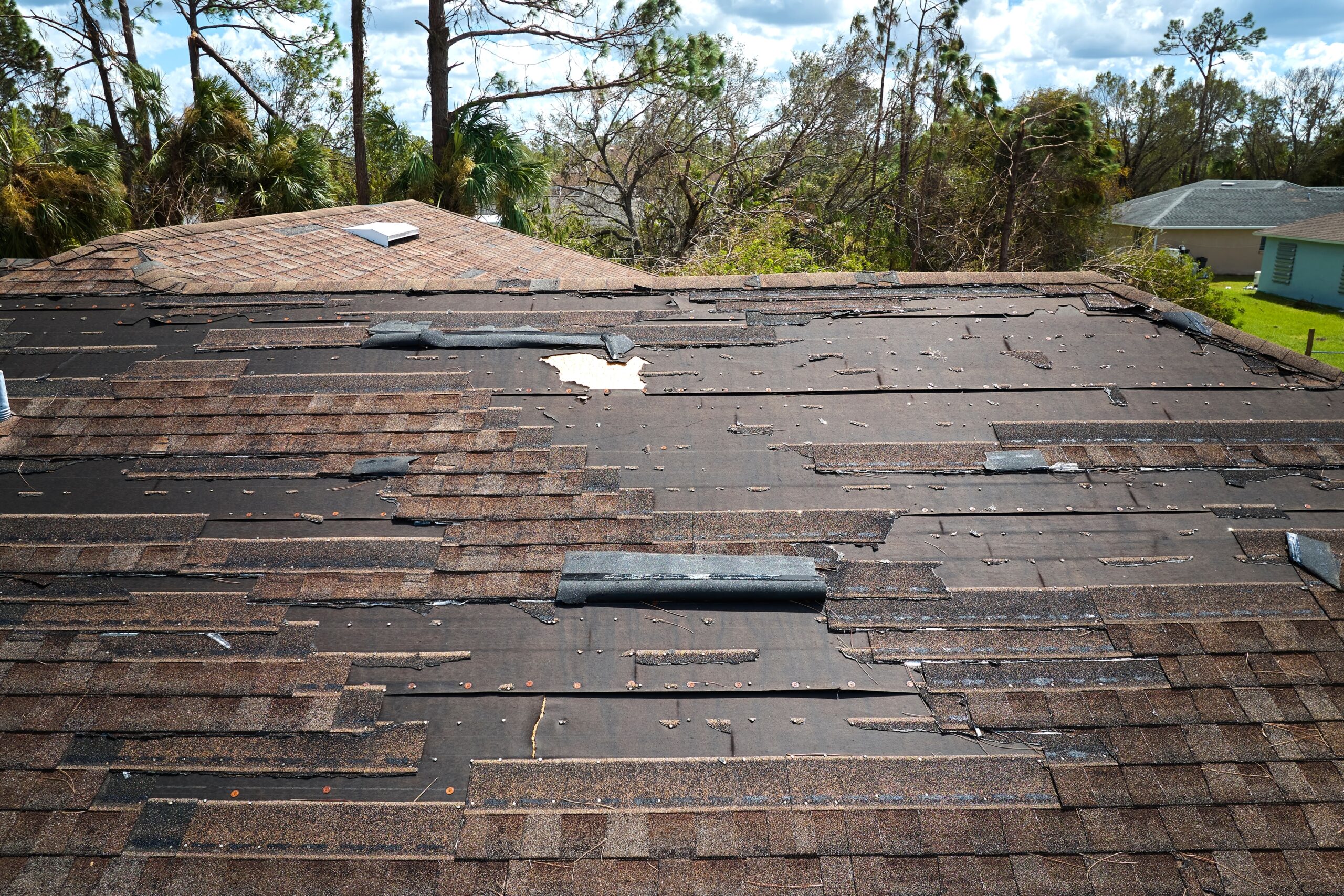Introduction to TPO Roofing
Thermoplastic Olefin (TPO) roofing is a popular choice for commercial buildings due to its durability and cost-effectiveness. Comprised of a single-ply reflective membrane, TPO roofs are constructed with layers of rubber and other synthetics which can be fully adhered, mechanically fastened, or ballasted to create a protective covering for your building. These roofs are designed not only to shield your structure from the elements but also provide enhanced energy efficiency thanks to their reflective properties.
Advantages of TPO Roofs for Commercial Buildings are wide-ranging. Business owners appreciate TPO roofing for its ability to withstand a variety of weather conditions, resist algae and mold growth, and provide strong resistance to ultraviolet, ozone, and chemical exposure. This makes them an economical and environmentally friendly roofing solution—the perfect match for the pragmatic business owner looking to invest wisely in their facility’s infrastructure.
The Significance of Regular Maintenance
Maintaining a TPO roof is not only about preserving its appearance but is crucial for extending your TPO roof’s lifespan. Regular maintenance helps to uphold the roof’s integrity, ensuring that it continues to perform its protective functions effectively. By adhering to a scheduled maintenance program, you essentially invest in the longevity of your roof, safeguarding your building and its contents.
Comprehensive Spring Roof Inspection Checklist
With spring’s arrival comes the perfect opportunity for a thorough examination of your TPO roof. The mild weather in Chattanooga during this season provides optimal conditions for inspecting your roof’s membrane. A detailed checklist should include assessing the rooftop’s general condition, noting any signs of cracking, blistering or accumulation of debris which can compromise the membrane’s integrity.
Inspecting for punctures, tears, and wear is also essential. Regular traffic on the roof, fallen branches, or harsh weather can cause damage that if left unattended, can evolve into severe leaks. Early detection and repair are key in preventing minor issues from becoming major, costly problems. Detailed documentation of any findings is as important as the inspection itself, keeping a historical record for future reference.
Spring and Pre-Winter TPO Roofing Care
As seasons change, so should your approach to maintaining a TPO roof. Preparing your roof for the impending hot summers and potentially cold winters in Chattanooga is a critical step. This may involve checking and securing the roof’s perimeter and flashing, ensuring they remain watertight against summer storms and winter chills. Adding a professional assessment to your spring and autumn maintenance can provide expert insights into the potential impact of Chattanooga’s seasonal extremes.
Special considerations for Chattanooga’s climate means being vigilant for weather
Proactive Measures and Repairs
Going beyond routine checks, proactive measures are pivotal in maintaining a TPO roof’s condition. These actions include scheduling repairs at the first sign of trouble, such as small punctures or seam gaps, which left unaddressed, can escalate quickly. Employing Chattanooga professional roofers for meticulous repairs ensures seamless restoration of your roof to its optimal state.
Regular Cleaning and Debris Removal
To guarantee a longer life for your TPO roof, keeping it clean and free from debris is fundamental. Fall leaves, loose garbage, and other detritus not only look unsightly but can lead to blockages in your drainage systems. Periodic cleaning by trained personnel can prevent these minor inconveniences from evolving into significant issues, preserving the roof’s structural integrity.
Drainage System Maintenance
Ensuring that your drainage system is functioning correctly is an integral part of roof maintenance. It should be clear of obstructions to allow for proper water flow, especially during Chattanooga’s heavy rain seasons. Regular checks to remove any blockages can prevent water accumulation, which can result in leaks and additional weight strain on your roofing structure.
Seasonal Adjustments for Optimal Performance
With the onset of each
Handy Tips
Tip 1
Initiate an expert review of your TPO roof this spring to spot any potential issues and tackle specific challenges brought on by Chattanooga’s unique climate conditions head-on.
Tip 2
Ensure the surface of your TPO roof is free from waste and grime buildup. This is particularly important after Chattanooga’s harsh winter months to maintain your commercial roof’s excellence.
Tip 3
Regularly examine and mend the joins and peripheries of your TPO roof, which are vulnerable to leakage. Consulting with Chattanooga’s TPO repair professionals can help avert moisture intrusion as part of your spring roofing regimen.
Tip 4
Fortify your TPO roofing against the seasonal rains with a waterproofing formula designed specifically for TPO materials, thereby reinforcing its ability to weather Chattanooga’s diverse atmospheric conditions.
Tip 5
Craft a detailed roofing maintenance protocol that includes periodic checks for degradation. Employ the skills of Chattanooga’s roofing specialists to carry out essential restorations or enhancements, thus promoting a lasting TPO roof.
Commonly Asked Question
What are the main advantages of TPO roofing for commercial buildings?
TPO roofing offers several advantages for commercial buildings, including durability against various weather conditions, resistance to algae and mold growth, and the ability to withstand ultraviolet, ozone, and chemical exposure. Additionally, TPO roofs are energy-efficient thanks to their reflective properties, making them both an economical and environmentally friendly choice.
Why is regular maintenance crucial for a TPO roof’s lifespan?
Regular maintenance is crucial for extending a TPO roof’s lifespan because it helps to maintain the roof’s integrity and ensures it continues to perform its protective functions effectively. Scheduled maintenance programs are investments in the longevity of the roof, protecting the building and its contents from damage.
What should be included in a comprehensive spring TPO roof inspection?
A comprehensive spring roof inspection for a TPO roof should include assessing the overall condition of the roof, checking for any signs of cracking, blistering, or accumulation of debris. It’s also important to inspect for punctures, tears, and wear caused by regular traffic, fallen branches, or harsh weather. Proper documentation of these findings is vital for maintaining a historical record.
How can one prepare a TPO roof for the changing seasons in Chattanooga?
Preparing a TPO roof for Chattanooga’s seasons involves checking and securing the roof’s perimeter and flashing to ensure they remain watertight against summer storms and winter chills


